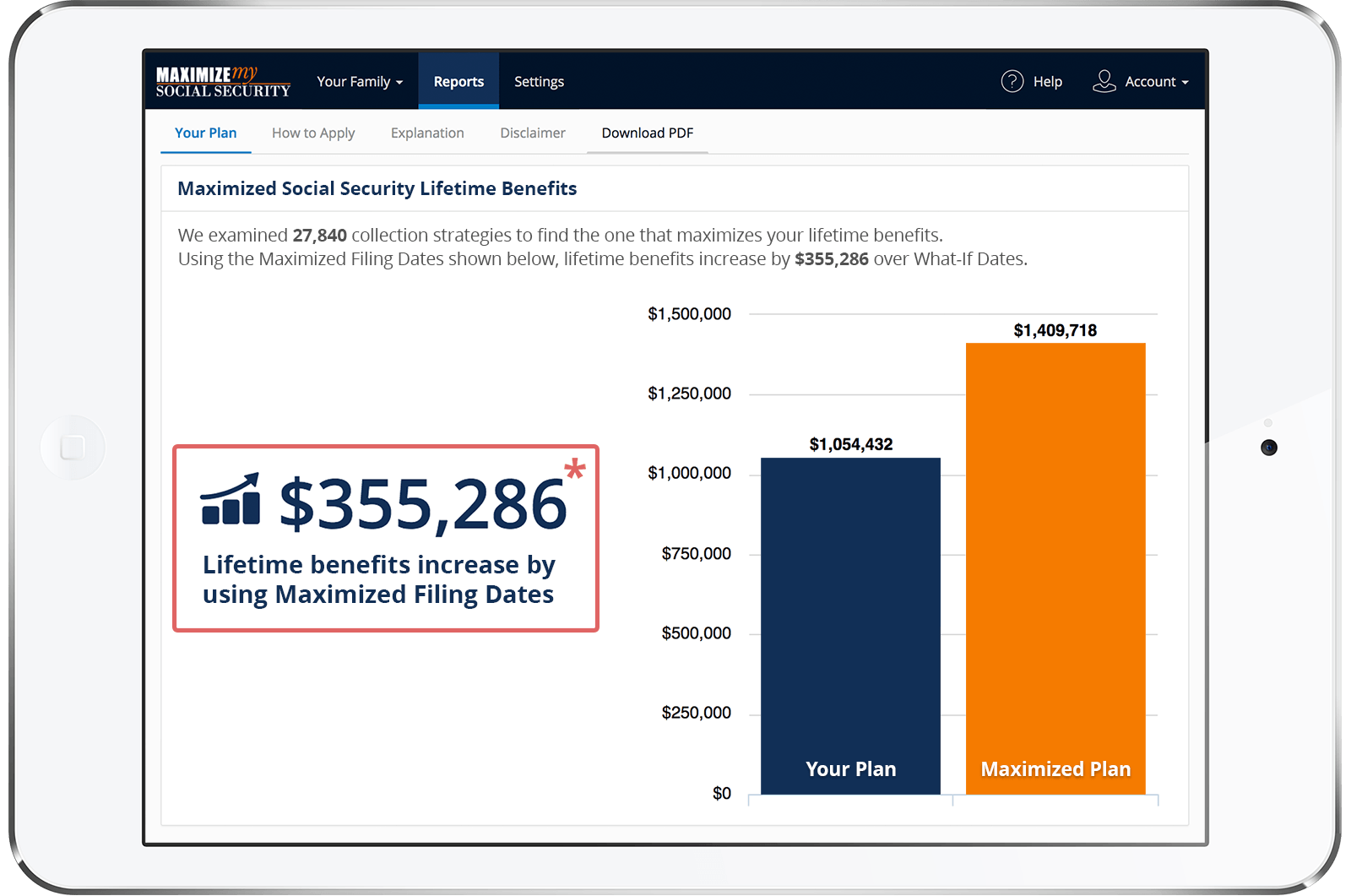My wife and I are both 64. I was born in July and she was born in August. My full benefit is 3 1\2 times as much as hers. We have two questions. If my wife files before her FRA, we believe this will reduce her spousal benefits which she will be eligible for when I take my benefits at age 70 but will not effect her full survivor benefits, correct? If so, what percentage will this reduction be?
Second question, our present plan is to wait till FRA. In August when my wife reaches 66 and I will be 66 plus one month, she will file for her personal full retirement benefit and I will file and restrict my filing to spousal benefits only. When I turn 70 and my wife being one month shy of age 70, I will take my personal benefits based on the increase achieved my delaying for four years and my wife will add her spousal benefits with her being 69 and 11 months old, that amount based on 50% of my benefits at my FRA (not based on the larger amount I am receiving at age 70 because I delayed my benefits) and her survivor benefits based on my increased amount of age 70.
Is this the best strategy you can see?
Thank you for your time.
Hi,
It sounds like your wife will qualify for her own retirement benefits plus a partial spousal benefit from your record when you file. If your wife starts drawing her retirement benefits prior to full retirement age (FRA), those benefits will be reduced for age but it wouldn't reduce her partial spousal benefit rate if she doesn't start drawing those benefits until her FRA or later.
For example, say Jane files for her retirement benefits at age 64. Jane's full retirement age rate (PIA) is $500, but her reduced rate at 64 is $433. Jane's husband subsequently files for his benefits when Jane is age 69, so Jane's spousal rate would be unreduced and calculated by subtracting her own PIA from 50% of her husband's PIA. So, if Jane's husband's PIA is $2000, her spousal benefit would be $500 (i.e. $2000/2 - $500), which would then be added to Jane's reduced retirement rate of $433 to make her combined benefit rate $933.
To carry the above example further, assuming that Jane's husband waited until age 70 to start drawing his benefits and received an increased monthly rate $2640 (i.e. $2000 x 1.32), Jane's combined benefit rate would increase to his full amount of $2640 if she is widowed.
The strategy you outline in your second question sounds good, but I would still suggest using the maximization software available on this website to make sure that you end up choosing the best possible strategy for your set of circumstances.
Best, Jerry
